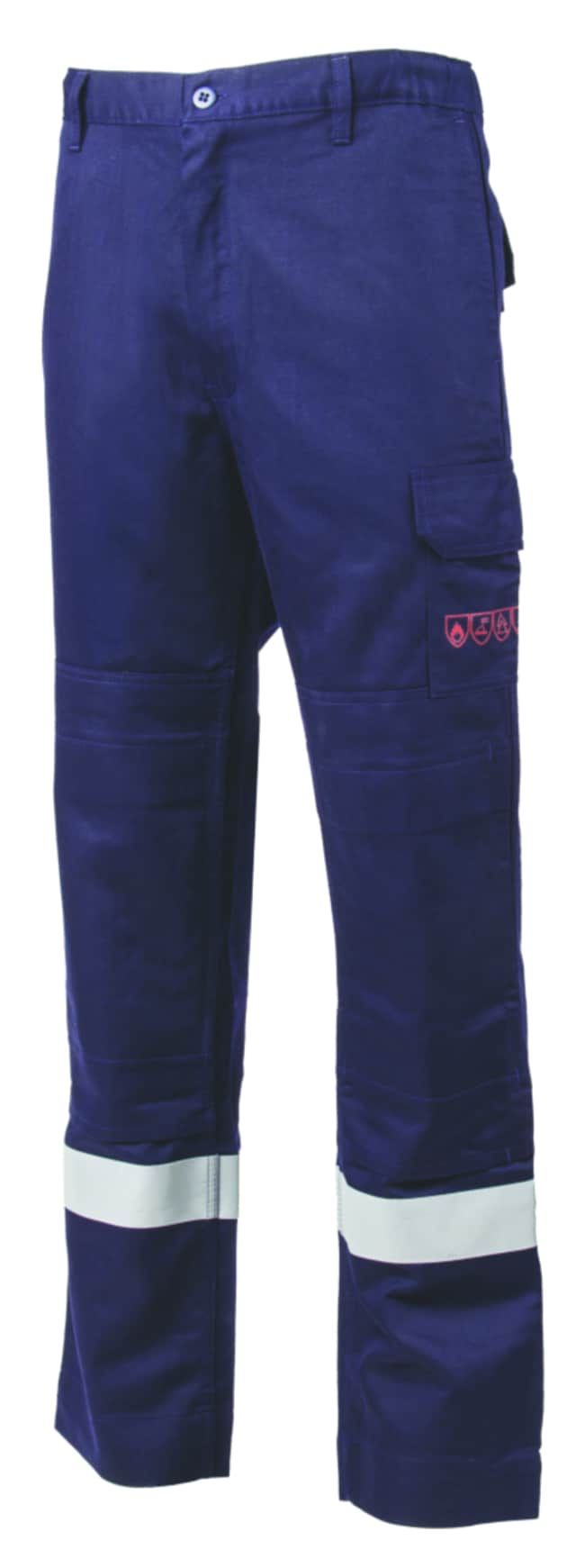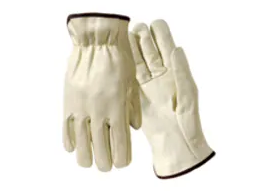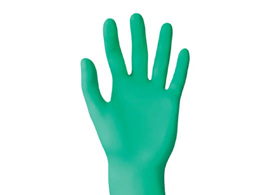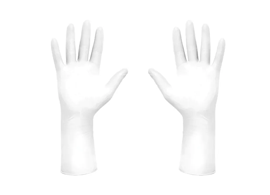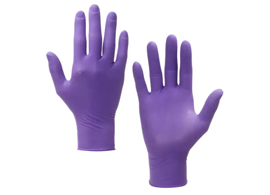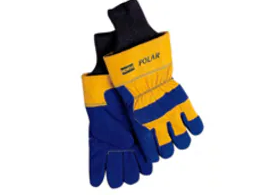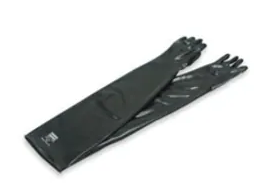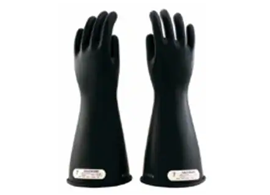Useful Links
Save Now - Exclusive Deals
Product Code 10762682
Product Code 15123415
Product Code 15337142
Product Code 8401011
Product Code 63273
Must Have
Product Code 9477003
Product Code 11779669
Product Code 8005315
Product Code 8005915
Complete Your Order - Great Deals
Product Code 17273444
Product Code 15810892
Product Code 17767679
FAQ
Heat-resistant gloves can adhere to various certifications and standards to ensure their effectiveness and safety. Some of the key certifications and compliance standards include:
- EN 407 (Europe): This standard specifies thermal performance for protective gloves against heat and/or fire, including resistance to burning behavior, contact heat, convective heat, radiant heat, small splashes of molten metal, and large quantities of molten metal
- EN 388 (Europe): Although primarily for mechanical risks, this standard also includes tests for abrasion, cut, tear, and puncture resistance, which are often relevant for heat-resistant gloves used in industrial settings
- ANSI/ISEA 105 (USA): This standard provides performance levels for gloves in terms of cut, puncture, abrasion, and heat resistance. It helps to classify gloves according to their protective qualities
- ASTM F1060 (USA): This standard test method measures the heat transfer through protective apparel or materials when exposed to a hot surface contact
- NFPA 2112 (USA): This standard specifies the minimum performance requirements and test methods for protective clothing, including gloves, for protection against flash fire exposure
- ISO 11612 (International): This standard specifies performance requirements for clothing, including gloves, that protects against heat and flame
- OSHA Standards (USA): While not a specific certification, compliance with Occupational Safety and Health Administration (OSHA) regulations often requires the use of heat-resistant gloves in certain environments to protect workers
Understanding these certifications and standards helps ensure that gloves meet the necessary safety requirements for specific applications and provide adequate protection against heat and fire hazards.
Different materials are suited for various levels of heat based on their thermal resistance properties. Here’s a breakdown of some common materials used in heat-resistant gloves and their suitability for different temperature ranges:
- Cotton
- Temperature Range: Up to 200°F (93°C)
- Suitability: Cotton gloves are suitable for low heat applications, such as handling hot dishes or working in warm environments. They provide basic protection and are often used with other materials as liners for added comfort
- Leather
- Temperature Range: Up to 400°F (204°C)
- Suitability: Leather gloves are durable and provide good protection against moderate heat. They are commonly used in welding, foundry work, and other industrial applications. Leather is also resistant to sparks and moderate levels of abrasion
- Kevlar
- Temperature Range: Up to 800°F (427°C)
- Suitability: Kevlar gloves offer excellent heat resistance and are also cut-resistant. They are suitable for high-heat applications, such as handling hot glass, metal, and working in environments with high heat exposure. Kevlar is often used in combination with other materials for enhanced protection
- Aluminized Fabric
- Temperature Range: Up to 2000°F (1093°C)
- Suitability: Aluminized gloves reflect radiant heat and are ideal for extremely high-temperature environments, such as foundries, smelting operations, and other industrial applications involving molten materials. They protect against both radiant and contact heat
- Silicone
- Temperature Range: Up to 500°F (260°C)
- Suitability: Silicone-coated gloves provide good protection against moderate to high heat and are often used in kitchen and food processing applications. They offer flexibility, grip, and resistance to chemicals and liquids
- Nomex
- Temperature Range: Up to 800°F (427°C)
- Suitability: Nomex gloves are flame-resistant and provide protection against high heat and flames. They are commonly used in firefighting, aerospace, and military applications where exposure to extreme heat and flames is a risk
- Carbon Fiber
- Temperature Range: Up to 2000°F (1093°C)
- Suitability: Carbon fiber gloves are used in extreme heat environments and provide excellent thermal insulation. They are suitable for applications such as handling hot metal, glass, and working in high-temperature industrial processes
By selecting the appropriate material for the specific temperature range and application, you can ensure optimal protection and performance from your heat-resistant gloves
When selecting heat-resistant gloves, consider the following five factors to ensure they meet your specific needs:
1. Heat Resistance Level
Determine the maximum temperature the gloves can withstand. Look for gloves that are tested and rated according to standards such as EN 407 or ASTM F1060. Ensure the gloves can handle the specific temperatures you'll be exposed to, whether it's contact heat, radiant heat, or convective heat.
2. Material
Different materials offer varying levels of heat resistance and durability. Common materials include Kevlar, leather, aluminized fabric, and specialty heat-resistant textiles. Choose a material that provides the right balance of heat protection, comfort, and dexterity for your tasks
3. Dexterity and Fit
Ensure the gloves fit well and allow for the necessary dexterity to perform your tasks effectively. Gloves that are too bulky or poorly fitted can hinder movement and make it difficult to handle tools or materials. Look for gloves that offer a good balance between protection and flexibility.
4. Durability and Wear Resistance
Consider the durability of the gloves, especially if you will be using them in harsh environments or for tasks that involve abrasion, cutting, or heavy handling. Gloves with reinforced areas or additional layers can offer better wear resistance and a longer lifespan.
5. Compliance and Certification
Ensure the gloves comply with relevant safety standards and certifications, such as EN 407, EN 388, or ANSI/ISEA 105. Verified compliance ensures that the gloves have been tested and meet the required safety and performance criteria for heat resistance and other protective properties.
By considering these factors, you can select heat-resistant gloves that provide the appropriate level of protection, comfort, and durability for your specific application.
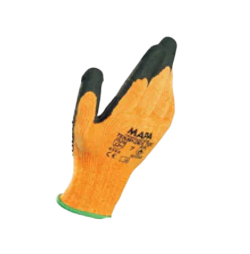

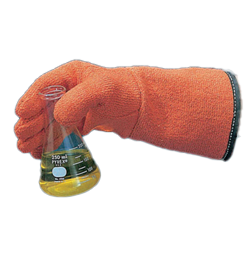
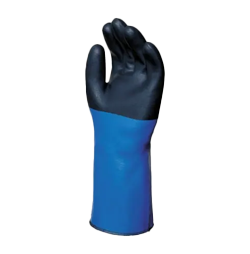
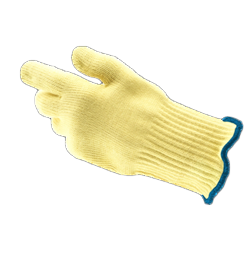










.jpg-650.jpg)
